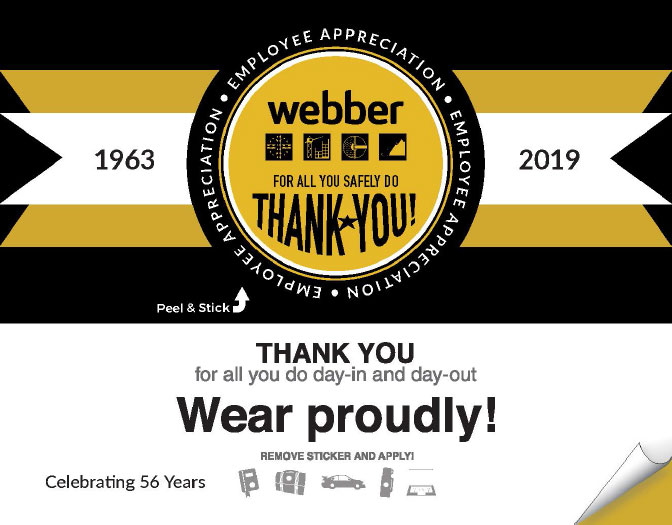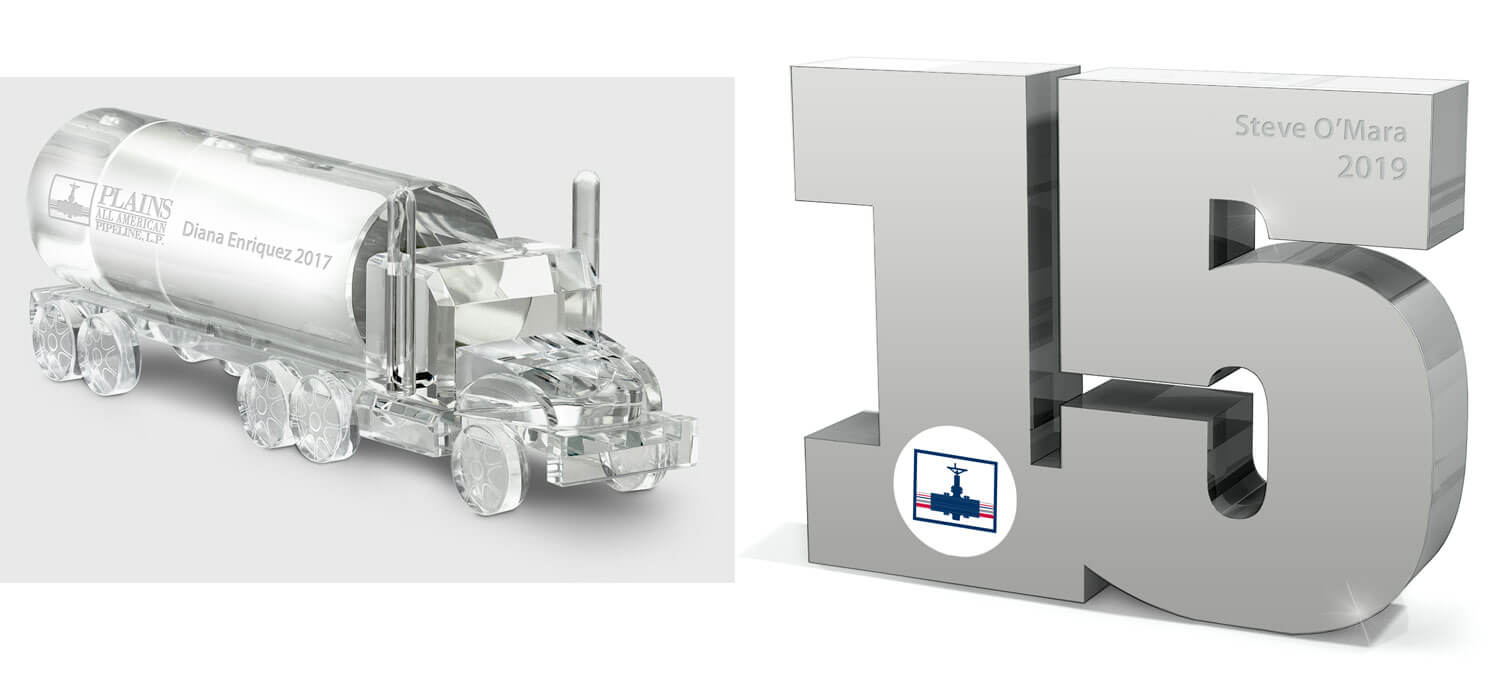How much can I afford to spend on recognition?
The answer is you can’t afford not to invest in your people – here’s why…
As recognition experts, our job is to listen to a company’s challenges and suggest the right program to fit both the budget and culture.
As an HR specialist, one of your jobs is to influence senior management on the benefits of investing in people. Despite all the research proving companies with an engaged workforce have increased productivity, innovation, retention and wellness, some C-suite executives still view recognition & rewards programs as a discretionary “expense”. These leaders want to know the expected return on their recognition dollars and how much their competitors typically spend, offer and reward their people.
Thankfully, the Incentive Research Foundation (IRF) publishes an annual industry outlook that tracks the vitality and variability in the US incentive, rewards, and recognition market (you can download the full report here).
We’ve reviewed the 2018 IRF Outlook Study and summarized the key findings to help you prepare a convincing business case for investing in people.
Key findings
Almost half of all corporations polled (46%) work in partnership with a third-party provider AND a supplier to provide Recognition and Reward programs for their employees.
What does the average company spend per employee on R&R each year?
- $522 is the average per person spend on non-cash reward and recognition programs
- 43% of respondents spend between $1-$250
- 24% spend $251-$500
- 33% spend $500-$5000
71% of corporate respondents use a points-based non-cash reward program.
Recognition Professionals International recommends companies spend between .5%-3% of annual payroll on employee recognition and reward programs. Maritz Motivation Solutions surveyed 117 companies with more than 1000 employees and found:
- Sixty percent of companies fund at least four to six different types of recognition programs, the most common types being service anniversary, above-and-beyond performance, and employee referral programs
- Companies in the “very effective” recognition category devote 0.76 percent or more of total payroll to recognition programs
- Companies with absolutely no technology platform or social component in their employee recognition programs are missing an enormous opportunity to connect with a growing workforce of millennials and Gen Z
What are the most popular items selected?
The IRF analysis revealed that gift cards, clothing, sunglasses, and symbolic plaques/trophies were the most frequently selected items by corporate end-users.
Despite merchandise and gift cards getting a very strong Net Optimism Score (Net Optimism is the percentage of people providing a positive rating), all respondents expect experiential rewards to increase more significantly in 2018. Why? Cash tends to be quickly forgotten and spent on bills but experiential and non-cash items are more personal and a lasting reminder of an accomplishment.
How are organizations designing their programs?
The industry is seeing a move toward more non-monetary and mobile recognition platform capabilities. According to the IRF study:
- 100% of corporate respondents use goals or objectives to determine non-cash reward earnings
- 31% of corporate respondents are using social recognition as part of their non-cash reward and recognition programs and 31% have corporate social responsibility built into their program
- 23% of corporations are using a mobile R&R app
How are corporations measuring their R&R programs?
Top-line sales, safety or wellness results are the most common standard of measure at 69%, followed by employee feedback surveys (54%) and improved morale/enthusiasm in the workplace (54%). 15% of corporations don’t measure the success of their program at all.
These are just the highlights. For all the details, view the full report or check our HR Professionals Resource page for stats, insights and case studies that prove investing in people = a competitive advantage.
A best practice Recognition & Rewards program will drive employee engagement leading to improved productivity, innovation, retention and absenteeism. I encourage you to share the data in this article with your C-suite.
Want to blaze a recognition trail for your company but need help putting a business case together? Contact us and we’d be happy to give you a hand.


















